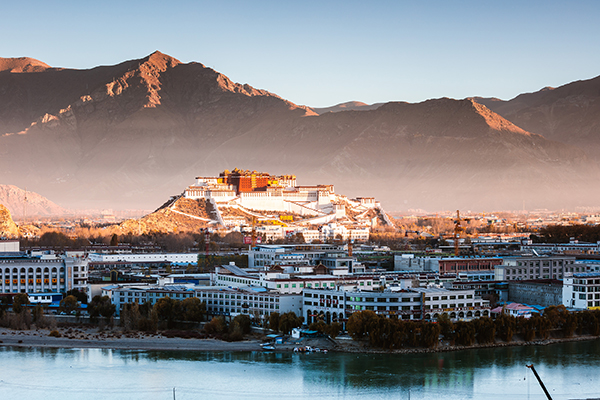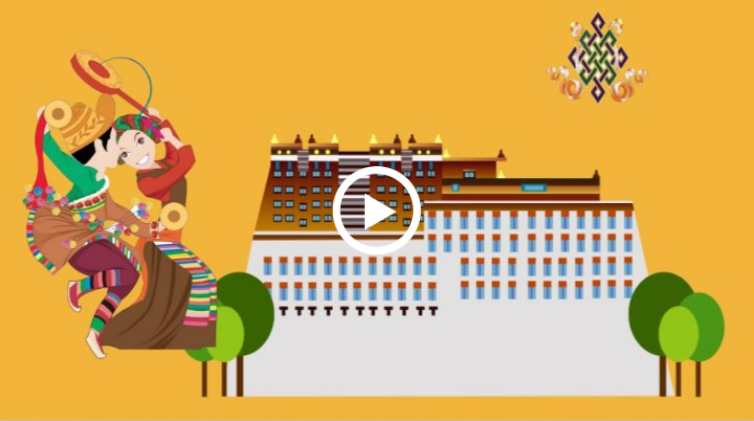Lhokha
Updated: 2022-12-16 (chinadaily.com.cn)  Print
Print 


(1) Historical geography
The city of Lhokha was known as Yalong in ancient times. At the beginning of the 2nd century, the first Tibetan king, King Nie Tri Tsampo, established the Bo tribe here.
In mid-7th century, Songtsangampo rose up in the Yalong River Valley, established the Tubo Kingdom, and moved the capital from Qiongjie to Lhasa.
After the peaceful liberation, in 1956, the Lhokha Division of the Work Committee and Lhokha Sub-commissioner's Office were established. On Jan. 7, 2016, the State Council formally approved the abolition of Lhokha region and the establishment of a prefecture-level city.
Located in southern Tibet, Lhokha is about 418 kilometers long from east to west, and 317 kilometers from north to south.
It is adjacent to Nyingchi city to the east, India to the south, Bhutan to the southwest, Shiigatse to the northwest, and Lhasa to the north.
Its border stretches about 630 kilometers and covers an area of about 79,090 square kilometers, including 28,700 square kilometers of disputed area. It is known as the Tibetan Granary, with an average elevation of 3,700 meters.
There are 16 national cultural relics across 18 sites, and 85 autonomous region-level key cultural relic protection units across 500 sites. It is the birthplace of Tibetan culture.
(2) Population division
As of the end of 2019, the city's total population was 382,600, an increase of 7,310 people year-on-year, of which 297,840 were farmers and herdsmen, accounting for 78 percent the total.
There are a total of 12 counties and districts, namely Nedong district, Chonggyai county, Dranang county, Gonggar county, Lakarze county, Lhodrag county, Tsomai county, Tsona county, Lhunze county, Chusum county, Gyatsa county and Sangri county. It is home to 82 townships, one sub-district office, 64 neighborhood committees, and 499 village committees.
(3) Economic and social development
2019 marked the 70th anniversary of the founding of the People's Republic of China, the 60th anniversary of the democratic reform of Tibet, and a crucial year in the decisive victory of poverty alleviation and building a well-off society in an all-round way.
The regional GDP recorded some 18.3 billion yuan, an increase of 9 percent year-on-year.
The fixed asset investment of the whole society fell by 8.6 percent, with the general public budget revenue sitting at 1.92 billion yuan, an increase of 2 percent, and the total retail sales of consumer goods surpassing 5.69 billion yuan, an increase of 2.1 percent.
The per capita disposable income was 34,446 yuan, an increase of 10 percent, and the per capita disposable income of rural residents was 14,122 yuan, an increase of 13 percent. The increase in consumer prices in the city remains controlled within 3 percent, the urban registered unemployment rate is also controlled within 2.3 percent, and the progress of the main indicators of the 13th Five-Year Plan (2016-20) meets expectations.








